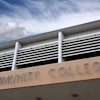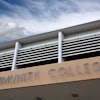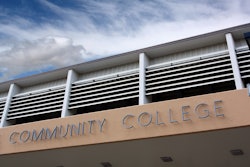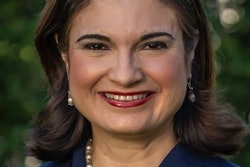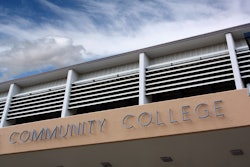
That was the heart of the message delivered by leaders at three institutions of higher learning that were recognized Friday for boosting the proportion of students who participate in their campus study abroad programs.
One of the most important elements of any effort to expand participation in study abroad programs is to incorporate the goal into a plan, said Martha Johnson, Assistant Dean of the Learning Abroad Center at the University of Minnesota.
“What would it take to make a radical change in your context?” Johnson said institutional leaders should ask themselves as they seek to get more students to study abroad.
The number of students at the University of Minnesota who study abroad went from 715 in the 1998-99 academic year to 3,500 students during the current academic year, far outpacing the university’s overall student growth during the same time period, according to figures presented by Johnson.
Johnson cited the figures Friday at the Institute of International Education’s Tenth Annual Best Practices Conference, titled “Lead Your Campus to the Top: Best Practices in Internationalizing the Campus.” Her school received an honorable mention for its study abroad efforts.
Johnson said her institution implemented a number of reforms to broaden participation in study abroad programs. For instance, she said, leaders at the school tackled “reader bias” among those who review the applications of students to study abroad after seeing that the scholarship reviewers were valuing certain types of programs over others.
